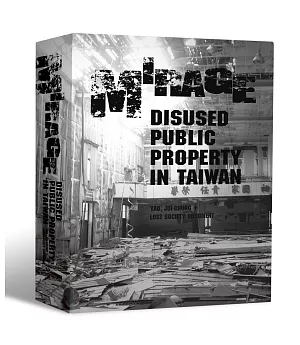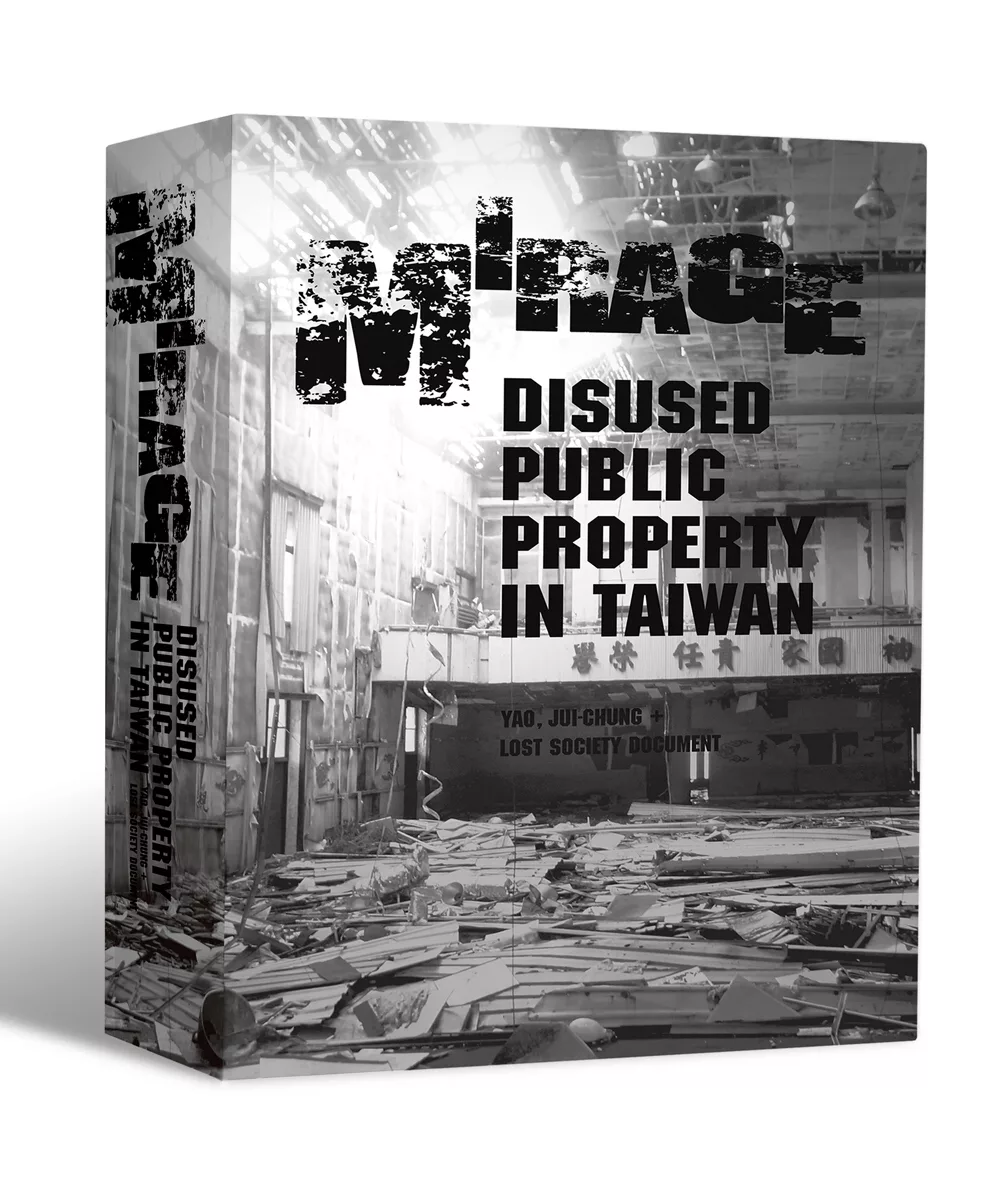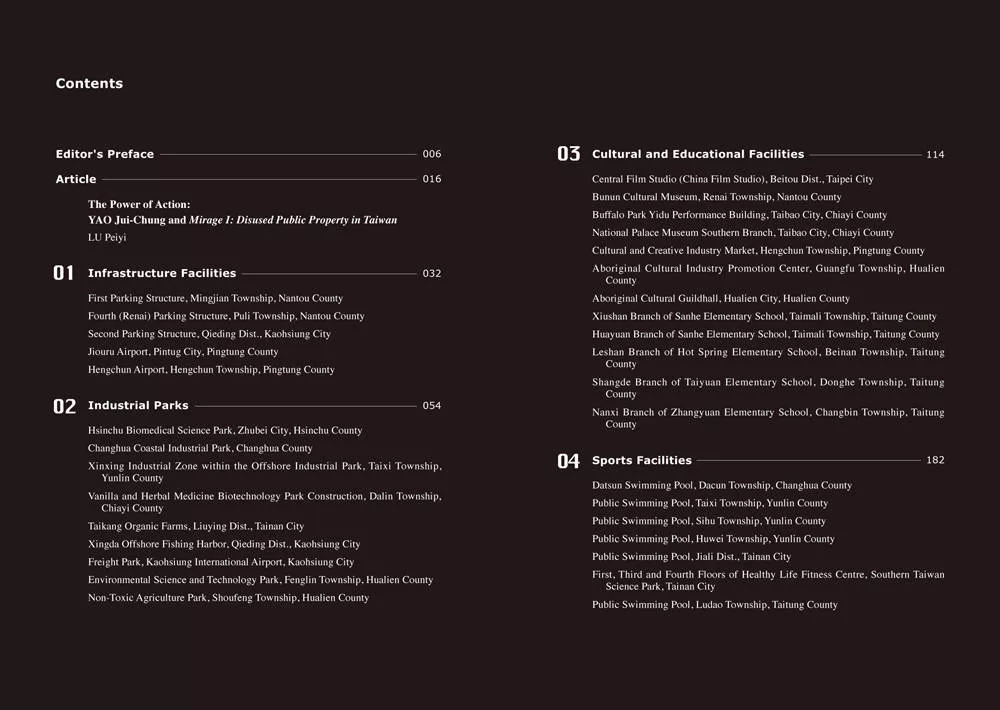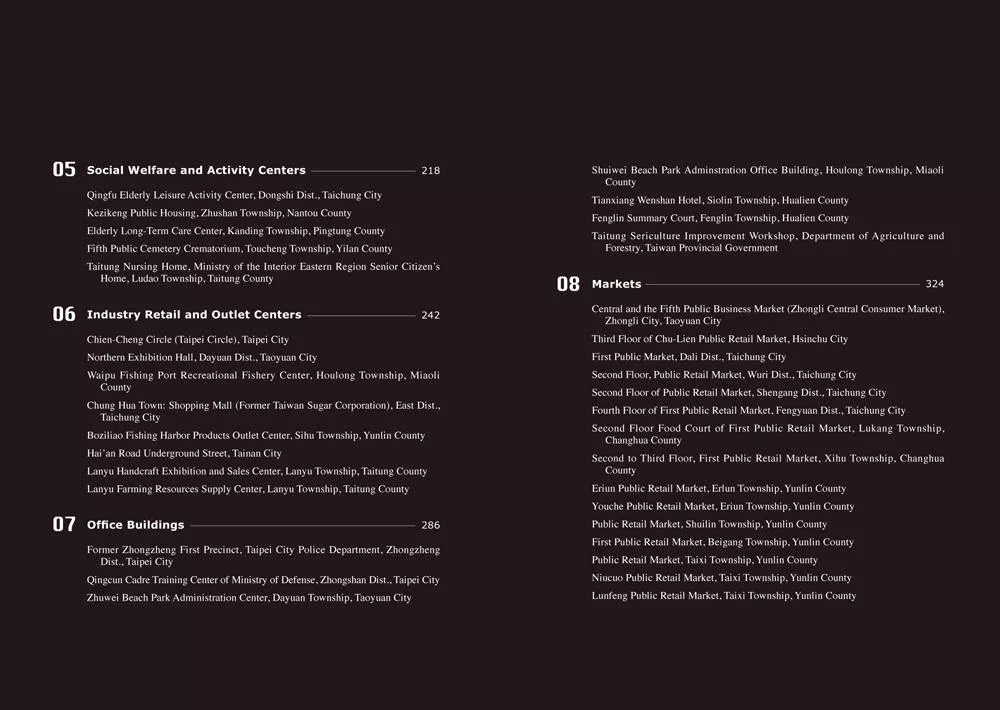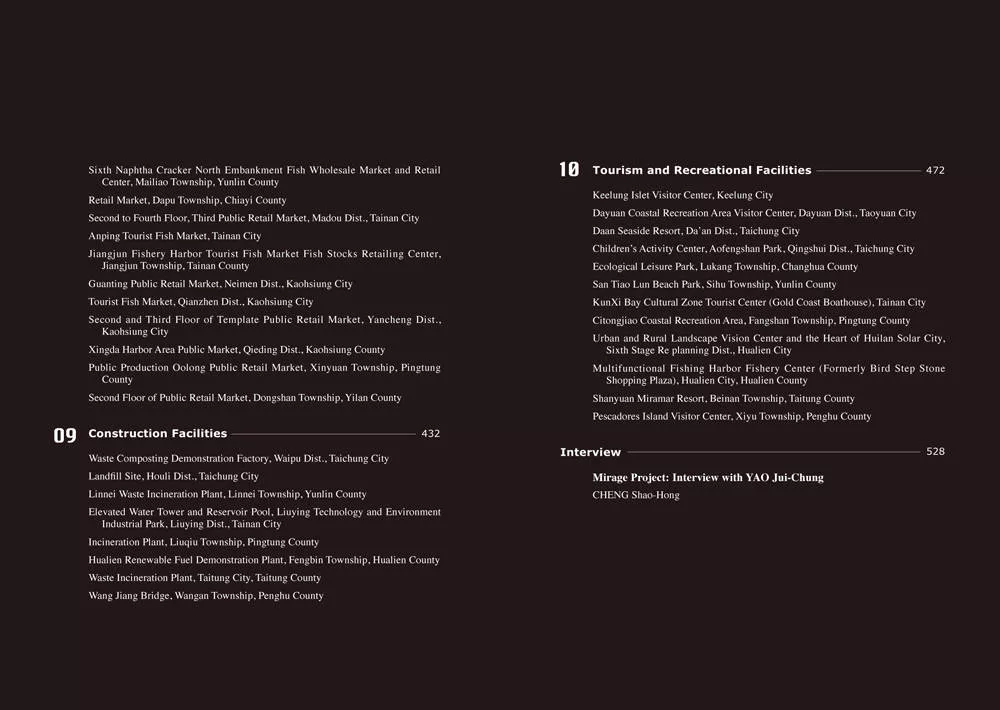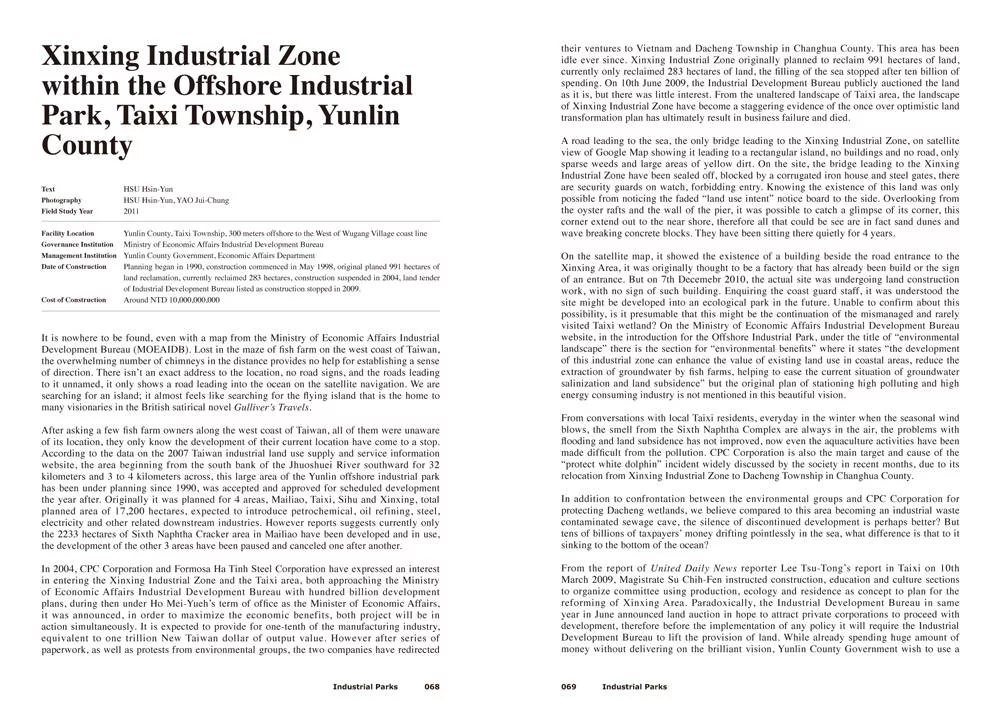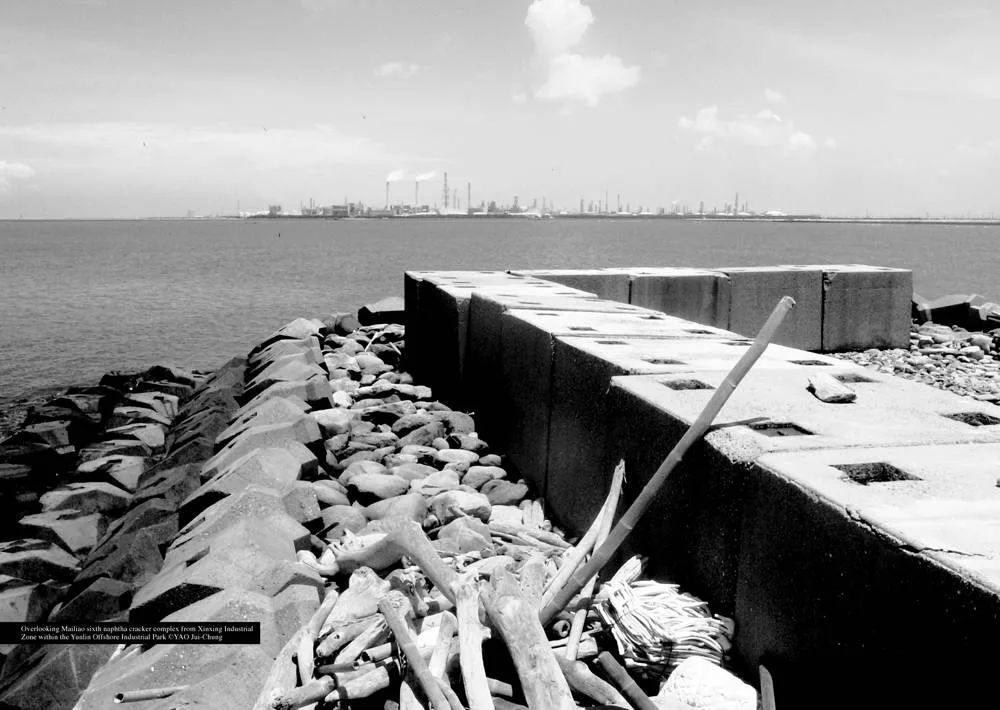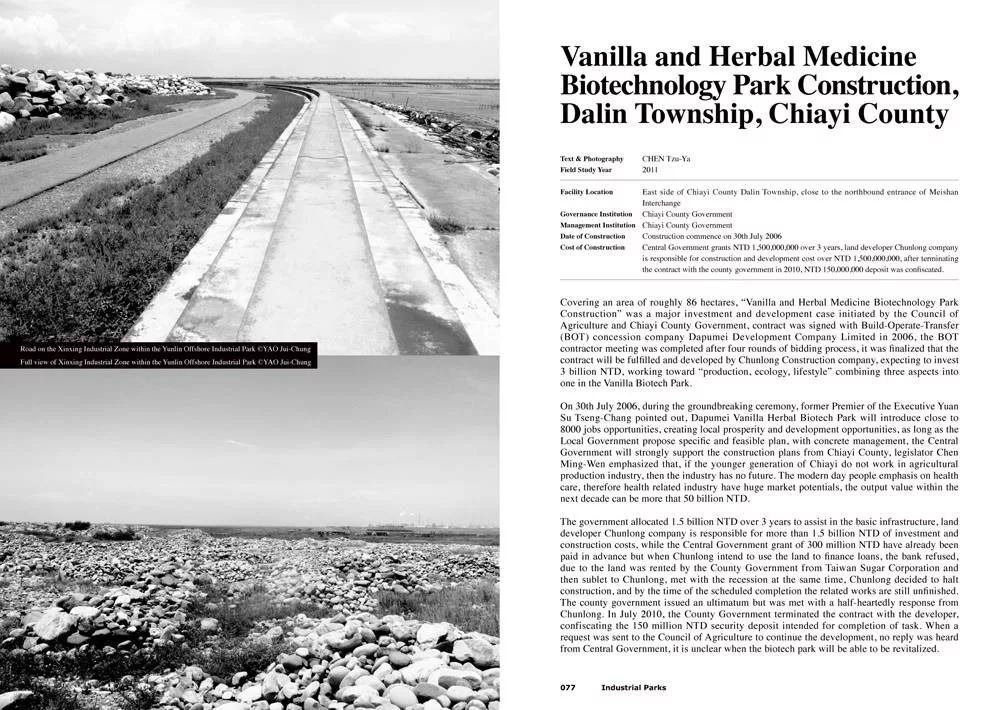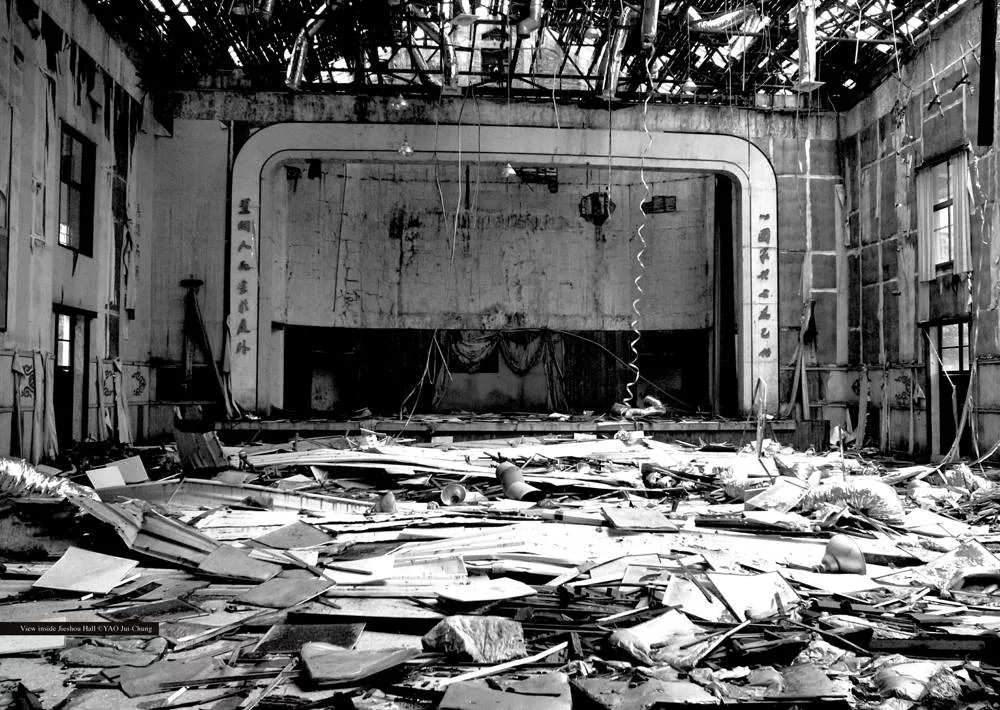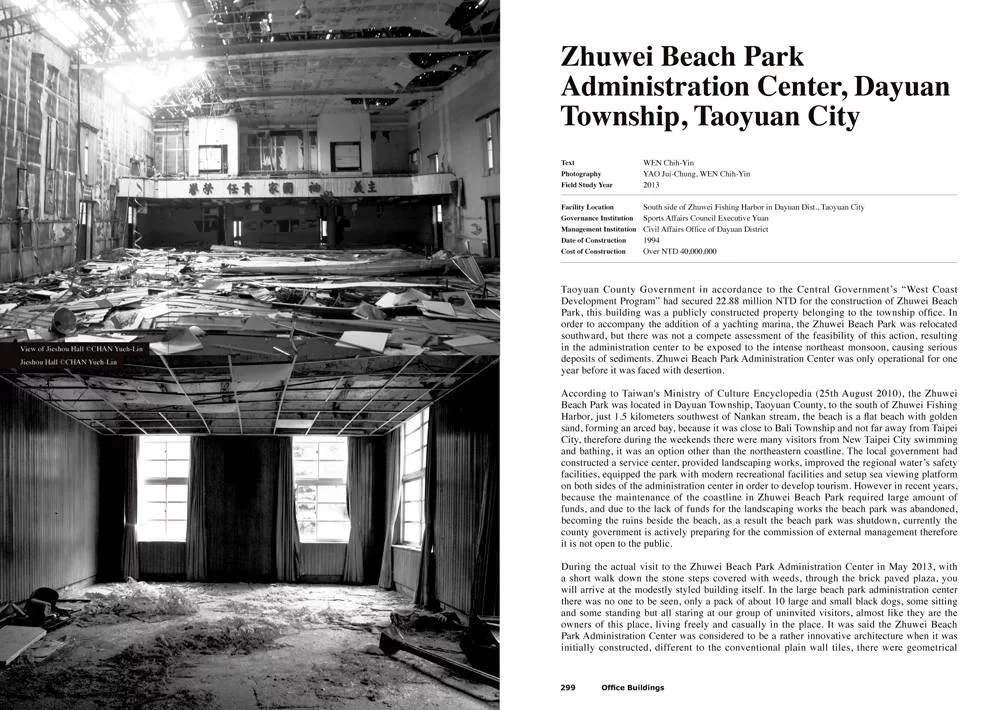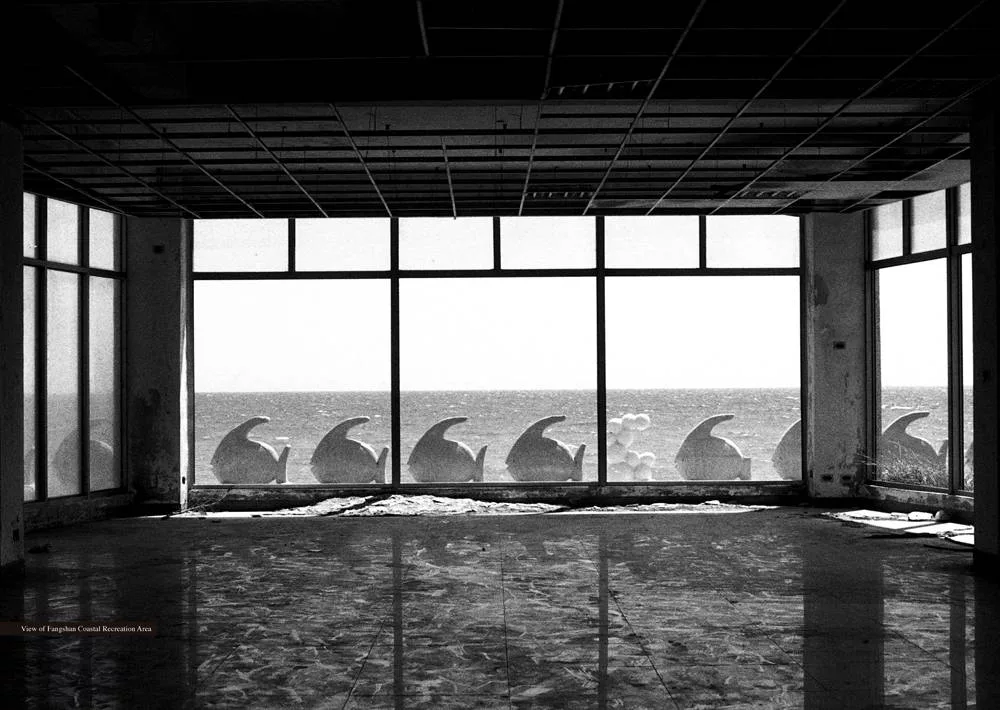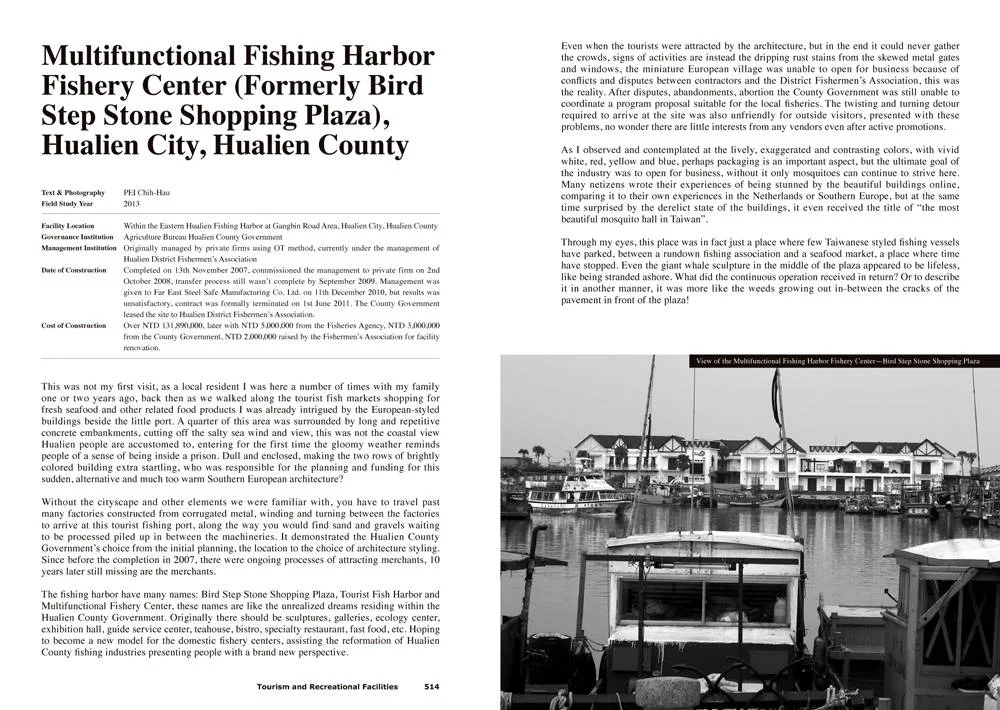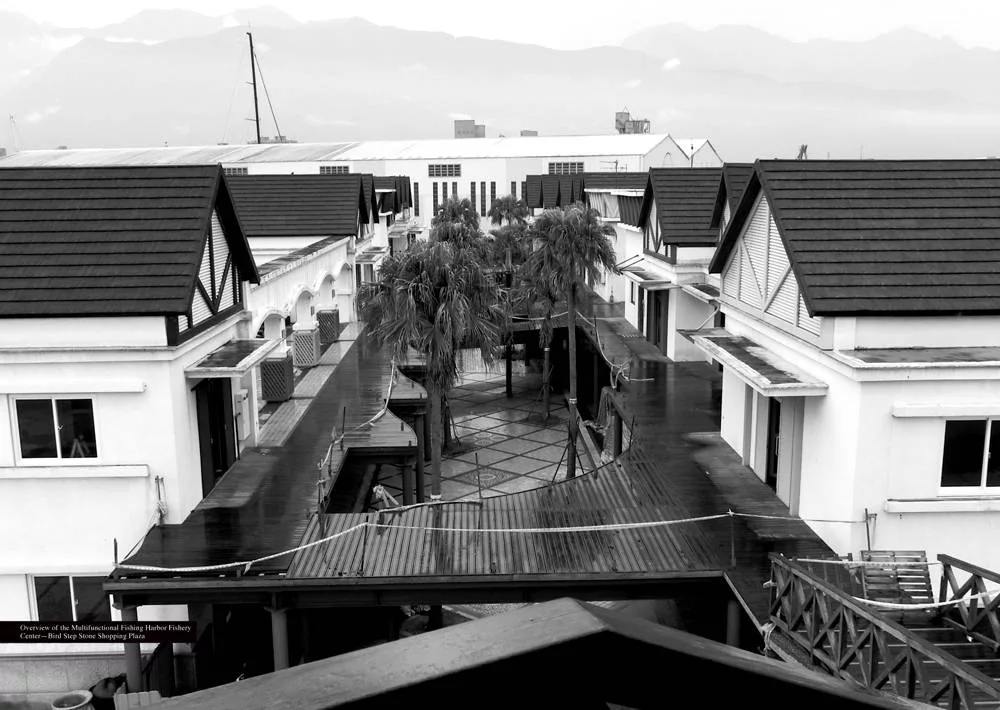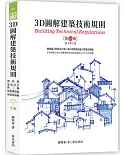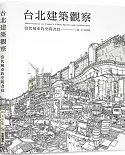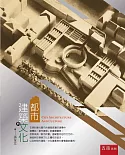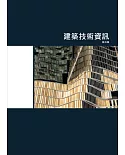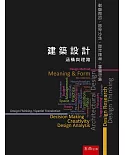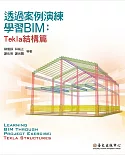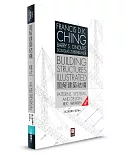作者序
What are “mosquito halls”? How many “mosquito halls” are there in Taiwan, and how were they formed? Is every “mosquito hall” a standalone case, or a hint of the structural problem in
different industries? Or are the “mosquito halls” an overall product conspired from the social system?
Because the mosquito hall phenomenon is increasingly problematic, I decided in March 2010 to lead the students from the two universities, I taught out for field studies. Since then there have
been participation from over 170 students over the past 5 years, publishing 4 books in Chinese, the English version was a selection of 100 sites from over 400 cases. Without any funding, the
students proceeded back to their hometown for investigation, from the results the romantic sentiments can be felt from the heart of these young students, this also demonstrates like David
against Goliath there is a way for us to challenge the government giant. From the continuing researches, photographing, discussions and writings, the students became more aware of the true
meaning of “wrong policy is much more dangerous than corruption”.
The formation of “mosquito halls” is complicated; it is mainly caused by election promises or election checks issued by political figures, the misdirected policies, eager for a visible
result, pursuing the title of greatest in the world or the largest in the Far East, overly optimistic estimation in usage, inadequate planning and bad design, not meeting the needs of the
people, inaccessible facility location and inadequate subsequent funds for constructions, repairs and operation. Resulting in the low usage or complete idleness of the completed facilities,
this type of “disused public spaces” constructed from political reasons, elections, expanding internal needs or closing the urban rural disparities are located all around the country and are
still increasing.
For example, the Council of Indigenous People promoted the “Taiwan Provincial Aboriginal community development program” and the “1999 implementation plan to improve the quality of life of
indigenous people”, spending billions of dollars to construct over 40 aboriginal cultural museums, many of the spaces were relatively large, but the content was often the same, the model
template of ethnic symbols and cheap cultural consumption, and even become resident activity center, nursery classes or internet cafes. Hakka Affairs Council also actively promote the “Hakka
culture and living environment creation plan” the construction of the over 20 Hakka cultural museums, it is a fight for election votes under the name of cultural promotion; and too many cases
that blindly follow international trends, such as Sports Administration’s program in “promotion of adolescent extreme sports” subsidizing 17 local governments more than 330 million NTD to build
24 extreme sports parks, but few of the population participated in the sport, currently 2 of the parks have been abandoned and 8 have been demolished. Ministry of Transportation promoted “a car
park for every town” policy, spending 24.7 billion NTD and constructed 308 car parks, 38 are idle, 7 of which have never been used, and even allocated another set of budget for their removal;
the Ministry of the Interior “Taiwan Province four-year plans to build public parking”, subsidized 190 car parks, where 9 are idle; but the most tragic example is the “an incinerator for every
city” policy, back then a seemingly good plan by the Environment Protection Agency, but currently many county governments are being sued for billions in compensation from contractors, becoming
a hot potato for the local governments. Ministry of Economic Affairs was not much better, constructing many large and useless markets, the Ministry of Interior also created many social welfare
or sightseeing recreational facilities, but was not appreciated by the visitors. Council of Agriculture constructed a bunch of fish market or agricultural sightseeing outlet center, it had the
good intentions to avoid exploitation by the middlemen, but the lack of marketing and retail channels left it to its own devices. As for state-owned enterprises, 51 major investment plans, idle
equipment or projects were unable to attain economic benefits, the other small and medium sized construction and development cases to be assessed are a dime a dozen, very likely even the
central or local government itself is not very clear.
Aside from the unpredictable natural disasters, the 100 cases analyzed in the book are idle because of complicated and related reasons; these reasons can initially be categorized as the
following:
Changes in time caused the original intended use to disappear─for example, because of local consumer habit many traditional retail markets are difficult to attract venders from the second
floor upward, in addition to this there are now convenient stores, and wholesales supermarkets and department stores, resulting in the high idle rate. Since the end of the cold war, the tension
eased between the two sides of the strait, military reorganized their stations, many facilities and divisions were merged and abolished, leaving over 200 idle barracks; thousands of hectares of
military community land were also gradually released for rejuvenation but because reconstruction involves great profits underneath the table hence there land transitional justice requires
careful navigation.
In recent years, because of the urban rural disparities and low birth rate, many elementary schools in the country side was forced to scale down, merge or become abolished, these numbers may
increase even more in the future, it should be combined with the use of private resources for revitalizing the community. Even though the three types of cases above are idle due to change in
the surrounding situations if the government can work with the private sectors, there are still many possibilities.
Disjoint in policies and the people’s wills─for example, 20 to 30 years ago, there was the policies of “a car park for every town”, “a swimming pool for every town”, “an incinerator for every
city”, etc. These structures constructed under the ideal policy of benefiting all in the country, has become idle from the high operation cost, or lack of visitor capacity for operation.
In recent years, there was a growing trend in the concept of “park sites” in various forms, “green environmental protection park”, “organic culture park”, “biotechnology park”, “cultural and
creative park”. Lead by the central government, the local governments rushed in behind, to assign the tangible and intangible items into the concept of “park site”, even collaborating on
large-scale developments with the consortiums on BOT enclosure movement, the developers took the opportunity to speculate on the surrounding land, other counties also imitate the urban park
site model for political achievements. However without careful assessment of the market demand in advance and objective view in the change of general environment, a number of park sites result
in high vacancy rate; some industrial park even used the developmentalism ideology to expropriate private land or agricultural land, causing grievances.
Poor planning─usually demands are raised by local governments, for the applicable industry authorities for examination or for future reference, then execution authorities will meet with
scholars and experts, commission project teams for planning and design, but often because of the prior investigation were not thorough and did not fully understanding the local residents’
demand, coupled with over-ambitious, opinionated bureaucratic mentality, or the overly optimistic visitors predictions, reliant on international branding and design that does not fit the local
customs as well as other factors, under the stunning modern building are interior spaces that was not necessarily practical; In addition, the relevant regulations limits the outsourcing
operators, creating the dilemma where operations cannot be self-financing and sustainable, but the lack of exit transition and control mechanisms ultimately results in low usage rate and not
easy to tender.
Election checks and vote captain culture─a phenomenon not uncommon in the democratic system countries, it is mainly caused by the candidate issuing development promises that are not
necessarily in line with local needs in order to win the election and obtain administrative power, this is called “election checks”. In order to obtain the right to rule, parties with a certain
scale will often promise local developments to gain support from voters, making party workers lobby or positioning concealed vote captains to consolidate local forces and supports. Among which
bulk of the construction are large public structures, because they are short-term, tangible achievements, and sometimes in order to secure the tender, there will be “political and corporate
cockroaches” escorting the tender to get through the party and government obstacles. A closed pyramid structure is formed from the layers of rebates and benefits, resulting in many public
facility constructions carried out to cash out the election checks but out of touch with actual functions that cannot escape from the fate of becoming completely idle or low use.
Collusive tendering and bid rigging─public sector tenders usually adopt minimum bid awarded system, hence some companies will set up satellite companies or private collusion with other
companies in the industry to overvalue or undervalue the cost. There may even be an internal bidding prior to the tender, where the previous successful bidders will participate in the tender,
which ever company won the tender will then allocate to others, thereby crowding out other competitors to gain benefits, because criminal organizations often use illegal means to intervene, it
is known as "collusive tendering." The tender details may be leaked, the baseline price or set up vendor-specific set of special tender conditions, which is called "bid rigging", these are
often used with coordination to local political forces or vote captain culture.
Corrupted business sales and engineering scandals─in some cases in order to profit companies, or the contractor and the proprietor have too close a relationship, secretly helping specific
contractor to bid successfully, to get rebates paid back underneath the table. Some executives due to particular political tendency or desired distribution of benefits, disclosure baseline
price or jury committee list to the tenderer, the tender winning price being the same as the reserved baseline price was not uncommon, if there was not conspire, why fear the Control Yuan and
ethics officials at the investigations? Civil servants being taken into custody and serving time in the prison are not uncommon, but it is still difficult to suppress heresy opening the side
doors.
Poor construction quality─commonly known as “tofu curd” construction. Usually occurs in cases where the lowest bid was awarded the tender case, unscrupulous contractors pay rebates in order
to get through the administrative procedures, to get away with changes in the design, inferior work and materials, and other alternative ways to reduce material costs, coupled with lax
supervision, poor quality, after the completion issue appears one after another, there were even some cases where construction was demolished and rebuilt; or after facility just passing the
acceptance checks signs of leaking, dampness, cracks and other problems appeared, therefore the actual user will have to refurbish the facility, increasing the burden of operating cost, and
there were also cases where the facilities cannot be used.
Incomplete administrative procedures─this belongs to administration flaws. Usually in order to circumvent the relevant laws, such as construction was carried out before assessment was
completed, resulting in the facility unable to obtain a license, or alteration in the construction purpose making it difficult to sign the acceptance of construction after it was finished, or
project level contracting, or repeated delays in construction, supplementary increase in budget, and even government and contractor’s bilateral accusations entering into the judicial process,
resulting in the construction project unable to complete the required legal procedures and became idle.
Authorities moving to new location result in the original building becoming idle─on 25th of October 2010, five counties merged into municipalities (Taipei, New Taipei, Taichung, Tainan, and
Kaohsiung), former county public office was restructured and relocated into new buildings, leaving many county government buildings because of change in the official nature and the lack of
restructuring plans therefore became idle. Another type is after moving into newly built office building, the original unit due to lack of re-use plan became idle even though building was still
functional.
Lack of funding to repair old buildings, historical buildings or monuments─government present the goodwill to promote cultural asset preservation, but often lack the funds to maintain
operation, or renovation costs are often several times the reconstruction cost, becoming difficult to proceed; or after renovation due to limited subsidies, expenditure often exceed income, to
make ends meet often resulting in a lack of personnel and management and becomes once again idle. In addition once the building was designated as a monument or historical building, the property
owner cannot remove the building in the future for other use, sometimes before the government declared the building for preservation it will be engulfed by unknown fire accident, which is
indeed strange.
Mismanagement─some venues because of shortage in fulltime or part-time staff, even if we have national serviceman to care for the exhibition, but the lack of planning, promotion, publicity
and management capabilities, leads to the venue opening times becoming erratic, some even require group reservations by phone. Open hours become the civil servants’ working hours (this even
includes lunch break), visitors are required to register before admission, in order to save the cost of electricity from time to time they may even just suspend service all together...
appearing powerless from the lack of authority evaluation and exit mechanisms, lack of professional staff and resources that are essential to operation, with its limited promotional channel,
stereotypical exhibitions, uninteresting activities, there will naturally be very little visitors.
Capital expenditure more important than operating expenditure─you often see under the magnificent exterior of public buildings, an operation management that does not match up, in addition to
lack of outside professionals, the fundamental factor is that the government accounting department places too much emphasis on the “capital expenditure” (tangible assets), ignoring “operation
expenditure” (recurrent expenditure), often resulting in insufficient funds which affects normal operations, such as many of the cultural centers, exhibitions and cultural facilities,
historical monuments, social welfare facilities, and so on, are often faced with plenty of luxury amenities but caught by operation difficulties, the capital expense and operation expense
should be inspect according to operating characteristics, advantages and disadvantages of the actual operating conditions as a reference and adjust the subsidies accordingly for each
year.
Cultural protection is relegated to the fixed culture industry model─a large number of local cultural centers, Hakka cultural centers, Aboriginal cultural centers…features exhibitions with
too much similarity, and often in the name of protecting ethnic minority, market products in the name of culture, this weakens the possibility of diverse ethnic groups and cultural development.
The recent rapid rise of cultural and creative park, with its goal to create value through the packaging of culture, but may slowly become a kind of cultural and creative template model, even
attempts to create high-quality output and is not subject to many of the original market favor, unsafe content were ruled out, for example, political issues, unification and independence,
sensational contents, and of course religious prejudice and avant-garde art; only a youthfulness, happiness, creative market, or video games, animation, dramas and other popular culture
remained. If the future of cultural development was left to the control of policy, market manipulation or media-oriented, it may gradually become the narrowing of the “cultural industry” into a
template model.
Idle space become idle again after revitalization─many of the original idle space under the government’s “reactivation of idle space” policy, after the renovation operating was carried out by
the private sectors, because the majority of operating funds come from government grants, regulations dictates they cannot be self-financing, often after lively exhibitions and performance
activities, due to lack of constant subsidies and cannot benefit from seeking additional financial resources, there are also cases where authorities without professional backgrounds intervene
with professional managements, after the contract term expires operators often consider quitting due to many factors, other teams who originally were willing to take over were also shunned,
result in failed revitalization and becomes once again idle.
There is also a strange phenomenon in recent years, “Industrial Parks” have emerged all over the country, with “leisure industry”, “cultural industry” as the leading policy, now has a
comprehensive and progressive integration of industry, government and academia, in the trend of public constructed private management atmosphere, the government at attempts to create a
beautiful blueprint expropriate private lands and renovate empty spaces, construct a variety of large-scale developments that does not meet the supply and demand (a conservative estimate of
about a hundred sites in Taiwan), scholars competing and bidding to become tenderer for planning case or case study has become a commonplace, many academic institutions have also invest in
business operations, let alone large consortiums who have already secured a favorable position, clever political and commercial relations layer by layer subcontracting out each sharing a piece
of the pie. Regardless of the output and production capacity these parks may bring, or the enclosure type construction that lead to fractured local relationships, in the political calculations,
political interests rests above the interests of the people, before election lobbying for votes, after the election rewards was given, this was the repeated pattern over and over again. Back
then the numerous, but mostly standalone “mosquito halls”, today have become large park sites often containing dozens of buildings of more profit potential.
When the government have full control of resources in cooperation with the consortiums, and with justified reasons for development, the original distribution according to justice becomes
distribution according to benefits, the core of the collusion is no longer for the implementation of independent civil development, but a model type park site which data can be manipulated into
beautiful statistics, front page inaugural ceremony and speeches, promises of happiness and recreational activities, and sometimes policy placement marketing, the park is like a showroom or
theme park backdrop, unconscious visitors become temporary actors, and become investors’ bargaining chip to exchange for more capital.
Chasing upstream to the original cause, this is related to the government so called “leveling the urban-rural difference”, “job creation”, “development of regional industry”, “enhance the
international standard”, the above slogans are all product in the mindset of economic growth, the pursuit of affluence society is understandable, but under the command of market economy premise
only positive performance statistics can be transformed into bargaining chip in elections, cultural values that cannot be quantified into data, are often overshadowed by profit and loss
statements.
Therefore, based on the creation of value driven policy to win votes, often only by “the profit of development”, “promised happiness” can individual population groups be attracted, many
unnecessary development some even overexploited, often wiping out individual areas of special historical importance, unknowingly, it loss its own subjectivity and values, “mosquito hall” is the
typical representative, its has lost not only tax money and space, but also the image of trust for the government and the people.
Despite the current central government carrying out comprehensive revitalization measures, but county and city governments have failed to effectively grasp the idle inventory within their
jurisdiction, how can they finance for revitalization?
Currently in the five cities only a few sites have been inventoried, many major cases, even the ruling authorities are not very clear and turned a deaf ear, and the industry related authority
are also passing the blames. How to effectively prevent and reduce the “mosquito halls”, the central government policy should strictly control upstream public works, firstly try to prevent and
discourage “larvae pavilions”, and at the same time initiate effective measures for the central and local government to inventory idle public facilities, establish and improve their exit
transition mechanism, coupled with private media or individual reporting systems, to gain complete control of inventory and record for future reference, combined with community non-profit
organizations, charities, disadvantaged groups, arts and academic institutions…to adopt a long-term, trust fund custody, low-cost lease, free use, flexible reward program and other flexible
activation strategies, from the development of basic social welfare perspective, first seek to reduce local burden, and then try to balance the books, and then to achieve self-sustainability,
releasing unused space to the people who really need the space, so people can utilize their professional talents, becoming a blessing for all.

